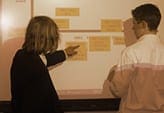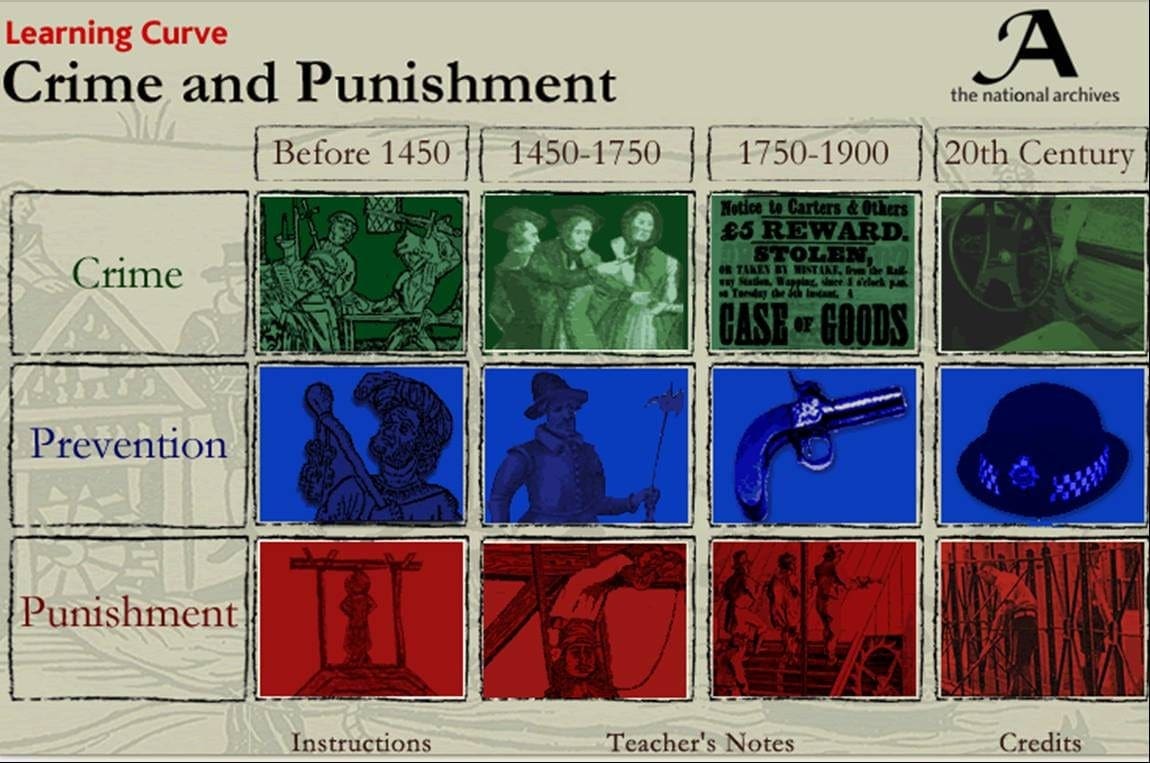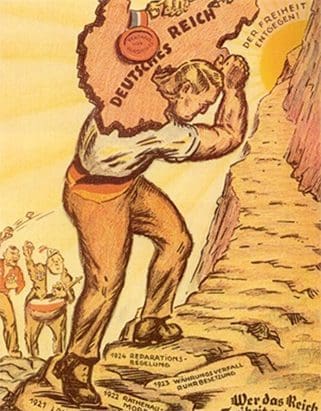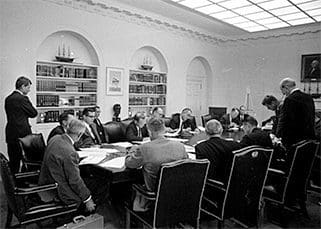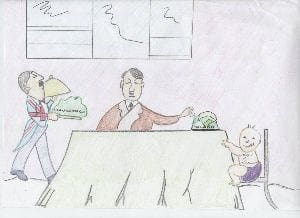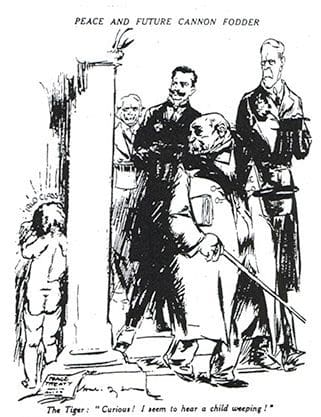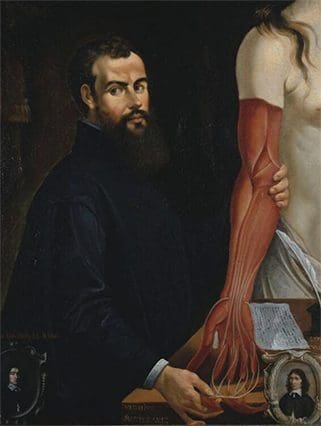
The BBC is making a documentary on Renaissance medicine in which they have devoted two minutes to the work of Vesalius. Unfortunately, their Vesalius expert is ill and they thought it would be a neat idea to ask two well-informed students to stand in. Their names will appear in the credits! They will be interviewed by a BBC reporter who will ask two questions: what were Vesalius’ most significant contributions and why was he able to make his breakthrough at this time?
This lesson focuses on the first. Students have to decide what is most significant, winnowing out the biographical detail and concentrating on the achievements, using the B.A.D formula. This asks them to look at the situation before and after Vesalius’ time as well as during, so that they focus on what he changed rather than what he did. They start with a detailed look at the Fabric of the Human Body before looking at his wider contribution.
Learning objectives
- students are able to infer from an image what was different about Vesalius’ approach
- students are able to mention at least 3 main achievements of Vesalius
- they can explain how he changed the face of medicine in critical areas
- they do this by referring to the situation before and after
- they develop the skill of precis and grasp the real historical significance
Step 1
Explain to the students what their task will be. They are to prepare answers to two questions they will be posed in their role as stand-in experts on Vesalius, as part of a TV programme being made on contributors to medical history.
Step 2
Explain that in order to make sense of Vesalius contributions students need to be aware of the BAD formula. They need to explain not only what he did DURING ( D) his lifetime but also what went on BEFORE ( B) so that they can see the extent of the change when they see what happened AFTER.
Step 3
Briefly sketch in the background to the situation before Vesalius which will consolidate students existing knowledge. Then introduce Vesalius and explain his contribution in outline.
Step 4
To take this deeper, show the students the front page of the Fabric of the Human Body. Explain that there is much that can be deduced from this one image. Start by using slide 10 which invites students to work out for themselves what they think is happening. Go through the PowerPoint clues one by one, at each stage asking the students to predict and then giving them the answer. This interactivity is vital.
Step 5
Now give the students the template (see downloadable resource), which has cropped sections of the initial image, and ask the students to complete the columns entitled, What it shows and What it tells us. They work in pairs to complete this, based on what they have just heard and any further reading using their textbook(s).
Step 6
Now shift students’ attention to discussing the significance of the document. Start with slides 17,18 and 19 before showing the Who Wants To Be A Millionaire set of 4 options on slide 20. Which do they think gives the best explanation as to why the Fabric of the Human Body was important?
Step 7
It is now time to address the central question they will be asked by the BBC interviewer: Which was his most important contribution? Using slides 21-23 ask students to consider the issue of importance again. This time tell them that the British Library has part of its website dedicated to Vesalius and they have come to a conclusion about his greatest achievement. Can the students work in pairs to predict what they think the website will say?
Step 8
Take feedback from a few pairs before showing them slide24, the BL’s opinion. Do they agree with the judgement? This should give students the confidence to face the camera next lesson. For homework, students have to prepare what they will say to the interviewer. Who gives the presentation will be decided by the drawing of lots, so everyone has to prepare thoroughly.
The next lesson starts with the interview of two students which you film or tape. That is then followed by an investigation into the question Why was Vesalius able to make so many discoveries? This lesson will appear on the site shortly but it basically introduces students to some ideas before asking them to improve a former students’ answer to the question, shifting it from 4 to 7 marks. This is then followed by a short conclusion to the TV interview when two different students answer the question they have just been exploring.

